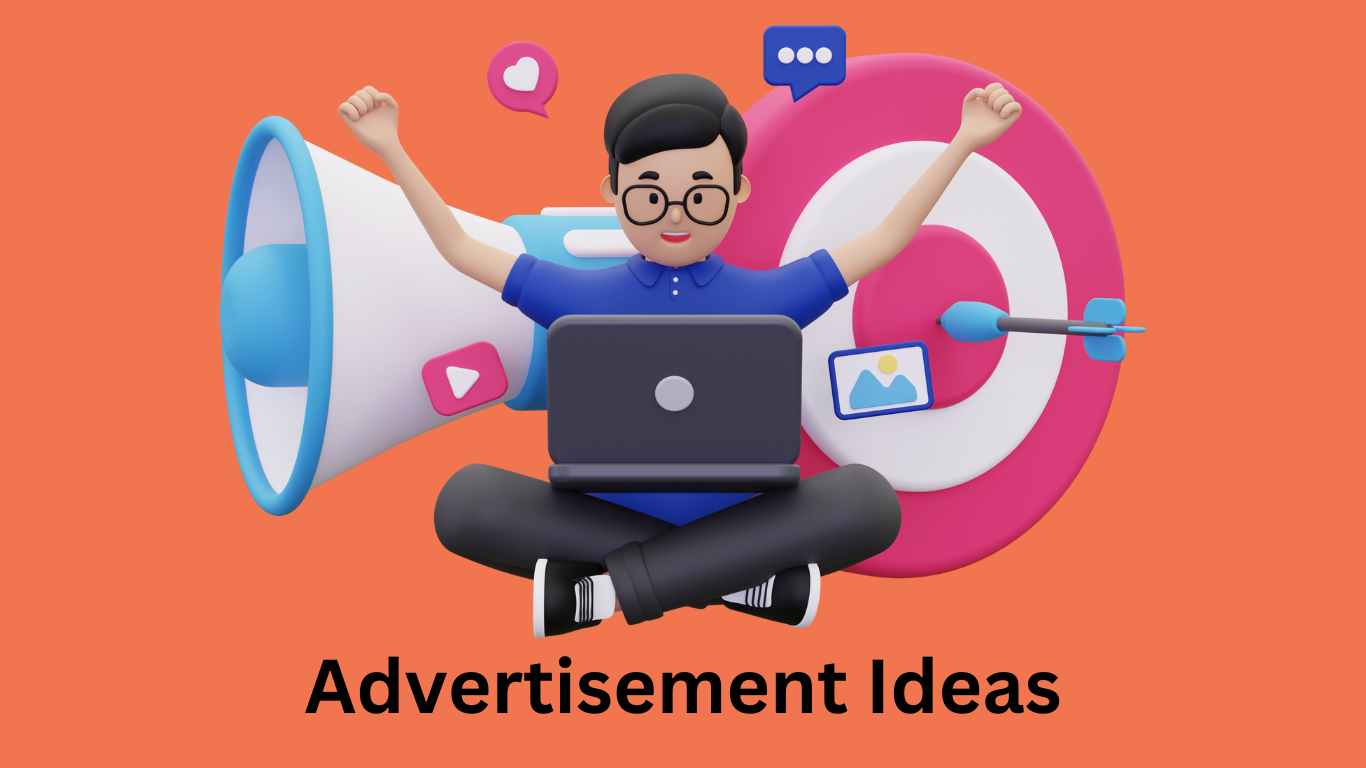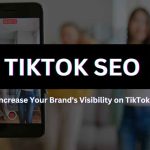Table of Contents
Need ideas for advertising but don’t know where to start?
Don’t worry. We’ve got you covered.
Keep reading for 18 advertisement ideas to try in 2024.
Plus, get inspiration from examples of successful and creative ads that have worked for other businesses.
1. Target the Right Keywords with Paid Search Ads
Paid search ads place your brand at the top of search results for specific keywords, increasing visibility and driving targeted traffic. However, it’s essential to bid on relevant keywords rather than generic terms.
Example: Adobe’s ad for “photo editing software” targets a high-intent keyword, optimizing visibility among potential customers.
Steps to Optimize:
- Use tools like Semrush’s Advertising Research to discover competitors’ keywords.
- Employ Google Keyword Planner to identify high-volume, low-competition keywords.
- Focus on keywords relevant to your products and marketing goals.
2. Highlight Your Company’s Strengths with Display Ads
Display ads, including banners and rich media, appear on various platforms and can effectively showcase your brand’s strengths.
Example: Semrush’s display ads emphasize their SEO tools’ benefits with eye-catching visuals, high-contrast colors, and a clear call-to-action (CTA).
Tips:
- Ensure your ads offer solutions to problems.
- Use compelling images and colors to grab attention.
- Include a strong CTA to guide viewer actions.
3. Talk to Your Audience with Creative Social Media Ads
Social media ads allow precise targeting based on location, demographics, and interests, enabling highly personalized campaigns.
Example: Scissors & Scotch’s playful Instagram ad targets users needing a haircut, using humor and a clear CTA to engage viewers.
Strategies:
- Tailor ads to specific audience segments.
- Use engaging visuals and copy that resonate with viewers.
- Leverage platform-specific ad formats for maximum impact.
4. Use Creative Videos to Increase Brand Recall
Videos are powerful for showcasing products and increasing brand recall. Viral content can significantly boost visibility.
Example: Duolingo’s “Spanish or Vanish” video capitalizes on its humorous reputation, driving engagement and shares.
Tips:
- Create memorable, shareable content.
- Focus on storytelling to connect emotionally with viewers.
- Utilize platforms like YouTube for broader reach.
5. Get Creative with SponCon to Build Brand Awareness
Sponsored content (SponCon) leverages influencers to promote your brand authentically. Choose influencers who align with your brand values and audience.
Example: Squarespace partnered with photographer Peter McKinnon, who naturally integrates the brand into his content.
Strategies:
- Find influencers who already use your product.
- Ensure the content feels like a genuine endorsement.
- Use storytelling to create memorable ads.
6. Demonstrate Value with Your Email Campaigns
Email marketing can nurture leads and retain customers by providing valuable content and reminders of your product’s benefits.
Example: Adobe Creative Cloud’s emails offer tutorials, enhancing user experience while subtly promoting their products.
Tips:
- Send relevant, valuable content to subscribers.
- Use email to highlight product benefits and updates.
- Personalize emails to increase engagement.
7. Stand Out with Interactive Augmented Reality (AR) Ads
Augmented reality (AR) ads allow consumers to interact with your products virtually, enhancing engagement and providing a memorable brand experience.
Example: IKEA’s AR app lets users visualize furniture in their homes before purchase, combining utility with brand engagement.
Strategies:
- Develop AR experiences that align with your product offerings.
- Use AR to demonstrate product features in an innovative way.
- Promote AR ads through social media and mobile apps for wider reach.
8. Harness the Power of User-Generated Content (UGC) Campaigns
Encourage customers to create and share content featuring your products, building social proof and authentic brand advocacy.
Example: GoPro’s #GoProChallenge invites users to share their adventures captured with GoPro cameras, amplifying brand engagement.
Tips:
- Create campaigns that inspire creativity and authenticity.
- Offer incentives or rewards for the best UGC submissions.
- Amplify UGC through your social media channels and website.
9. Utilize Gamification in Digital Ads
Integrate game-like elements such as quizzes, challenges, or rewards into your digital ads to increase engagement and interaction.
Example: Nike’s “Choose Your Path” interactive ad allows users to navigate different fitness challenges, driving active participation and brand affinity.
Strategies:
- Design ad experiences that are fun, challenging, and aligned with your brand message.
- Incorporate incentives or rewards for completing gamified tasks.
- Optimize for mobile devices to reach a broader audience.
10. Make the Most of Magazine Ads
Magazine ads can target specific demographics and interests, making them effective for niche marketing.
Example: A beard care product ad uses unexpected imagery to capture reader interest in a targeted publication.
Strategies:
- Advertise in industry-specific magazines to reach relevant audiences.
- Use compelling copy and visuals to stand out.
- Align ad content with reader interests.
11. Increase Brand Authority Through Webinars and Podcasts
Webinars and podcasts position your brand as an industry authority and provide valuable content to your audience.
Example: Semrush’s webinars showcase their expertise and provide useful insights, attracting potential customers.
Strategies:
- Host or sponsor webinars and podcasts relevant to your industry.
- Use these platforms to demonstrate product features.
- Engage with attendees to build relationships.
12. Build Great Brand Associations by Sponsoring Events
Event sponsorships can increase brand exposure and build positive associations with your target audience.
Example: Red Bull’s sponsorship of extreme sports events aligns the brand with high-energy activities.
Tips:
- Sponsor events that align with your brand values.
- Participate in trade shows to network and showcase your products.
- Consider local events for targeted exposure.
13. Pique Interest by Getting Your Ads on Transit
Transit ads reach a broad audience, especially in urban areas with high public transportation usage.
Example: Cadbury’s bus wrap transforms a double-decker bus into a giant chocolate bar, creating a memorable visual.
Tips:
- Use bold, eye-catching designs.
- Place ads in high-traffic transit locations.
- Consider interactive elements to engage viewers.
14. Don’t Forget TV and Radio Ads
Traditional TV and radio ads can reach large audiences, especially during prime-time slots.
Example: Subaru’s “Share the Love” TV ad uses emotional storytelling to connect with viewers and highlight their charitable efforts.
Strategies:
- Target specific demographics with carefully chosen time slots.
- Use storytelling to create emotional connections.
- Explore package deals for cost-effective advertising.
15. Embrace Native Advertising for Seamless Integration
Native advertising seamlessly integrates with the platform’s content, providing a non-disruptive ad experience that blends with the user’s browsing or reading behavior.
Example: BuzzFeed’s sponsored articles for various brands blend in with its editorial content, engaging readers with relevant and informative content.
Strategies:
- Craft ads that match the tone and style of the publishing platform.
- Provide valuable information or entertainment to engage users.
- Disclose sponsored content clearly to maintain transparency.
16. Utilize Geofencing to Target Specific Locations
Geofencing uses GPS or RFID technology to create virtual boundaries around specific locations, allowing you to deliver targeted ads to users within those areas.
Example: Starbucks uses geofencing to send promotional offers to customers who are near their coffee shops, increasing foot traffic and sales.
Strategies:
- Define precise boundaries around your target locations.
- Tailor ads with location-specific offers or messages.
- Measure campaign effectiveness through foot traffic or conversion rates.
17. Incorporate Dynamic Remarketing to Re-Engage Users
Dynamic remarketing displays personalized ads to users who have previously visited your website or mobile app, showcasing products they viewed but didn’t purchase.
Example: Amazon uses dynamic remarketing to show personalized product recommendations based on users’ browsing history, encouraging them to return and complete their purchase.
Strategies:
- Set up dynamic ads that automatically adjust based on users’ interactions.
- Segment audiences based on their behavior and preferences.
- Use compelling visuals and offers to re-engage users effectively.
18. Experiment with Interactive Polls and Surveys
Interactive polls and surveys in digital ads encourage user participation and provide valuable insights while increasing brand interaction.
Example: A skincare brand uses an interactive poll in its Instagram Story ad to ask users about their skincare concerns, leading to personalized product recommendations.
Strategies:
- Create polls that resonate with your target audience’s interests or pain points.
- Offer incentives such as discounts or giveaways for participating.
- Analyze survey responses to refine your marketing strategies.
These additional creative advertising ideas complement the existing strategies by offering innovative ways to engage and convert your audience effectively. Whether through native advertising, geofencing, dynamic remarketing, or interactive polls, each approach aims to enhance brand visibility, user engagement, and overall campaign performance in 2024 and beyond.



